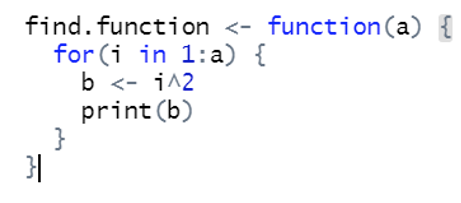Are you looking for the Answers to NPTEL Data Science for Engineers Assignment 1 – IIT Delhi? This article will help you with the answer to the National Programme on Technology Enhanced Learning (NPTEL) Course ” NPTEL Data Science for Engineers Assignment 1 “
What is Data Science for Engineers?
Data Science for Engineers is a fun-filled course where Domain Certification helps learners to gain expertise in a specific Area/Domain. This can be helpful for learners who wish to work in a particular area as part of their job or research or for those appearing for some competitive exam or becoming job-ready or specialising in an area of study.
Every domain will comprise Core courses and Elective courses. Once a learner completes the requisite courses per the mentioned criteria, you will receive a Domain Certificate showcasing your scores and the domain of expertise.
CRITERIA TO GET A CERTIFICATE
Average assignment score = 25% of the average of best 6 assignments out of the total 8 assignments given in the course.
Exam score = 75% of the proctored certification exam score out of 100
Final score = Average assignment score + Exam score
YOU WILL BE ELIGIBLE FOR A CERTIFICATE ONLY IF THE AVERAGE ASSIGNMENT SCORE >=10/25 AND EXAM SCORE >= 30/75. If one of the 2 criteria is not met, you will not get the certificate even if the Final score >= 40/100.
Below you can find the answers for NPTEL Data Science for Engineers Assignment 1
| Assignment No. | Answers |
|---|---|
| Data Science for Engineers Assignment 1 | Click Here |
| Data Science for Engineers Assignment 2 | Click Here |
| Data Science for Engineers Assignment 3 | Click Here |
| Data Science for Engineers Assignment 4 | Click Here |
| Data Science for Engineers Assignment 5 | Click Here |
| Data Science for Engineers Assignment 6 | Click Here |
| Data Science for Engineers Assignment 7 | Click Here |
| Data Science for Engineers Assignment 8 | Click Here |
NPTEL Data Science for Engineers Assignment 1 Answers:-
Q1. The function “ls ()” in R will
Answer:- d – list all files in our working directory
Q2. Consider the following code:
If a room temperature of 20 degree Celsius is input to the above code, choose the output displayed:
Answer:- b – “The room is warm” “Enjoy the stay!”
Q3. Consider the code below to create a dataframe city_data:
Answer:- a – In the column weather in dataframe city_data, “Rain” is replaced by “Snowy”
Q4. Consider the code given below.

Choose the correct command to access the variable “Cloudy”
Answer:- a – city_weather[[4]][2]
???? Next Week Answers: Assignment 02 ????
Q5. Consider the following code.
A = matrix(c(1:42), nrow = 6, ncol = 7, byrow = T)
B = A[-2,]
Based on the output of the above code, choose the correct options from the following
Answer:- d – B is a matrix consisting of all elements of A excluding the second row
Q6. The parameter “collapse” in the function paste()
Answer:- b – add space in between two strings
Q7. Consider the following code in R.

If we supply 4 as an argument to the function find.function, after executing the above code, the result displayed would be
Answer:- b – the numbers “1,4,9,16”
Q8. The operator %in% is used for
Answer:- c- identifying if an element belongs to a vector
???? Next Week Answers: Assignment 02 ????
Q9. The output of compiling and executing the following code in R would be
Answer:- d – The term “Green” “apple” printed 4 times.
Q10. The “next” statement in R programming is useful
Answer:- a – for skipping the current iteration of a loop without terminating it.
For other courses answers:- Visit
For Internship and job updates:- Visit


